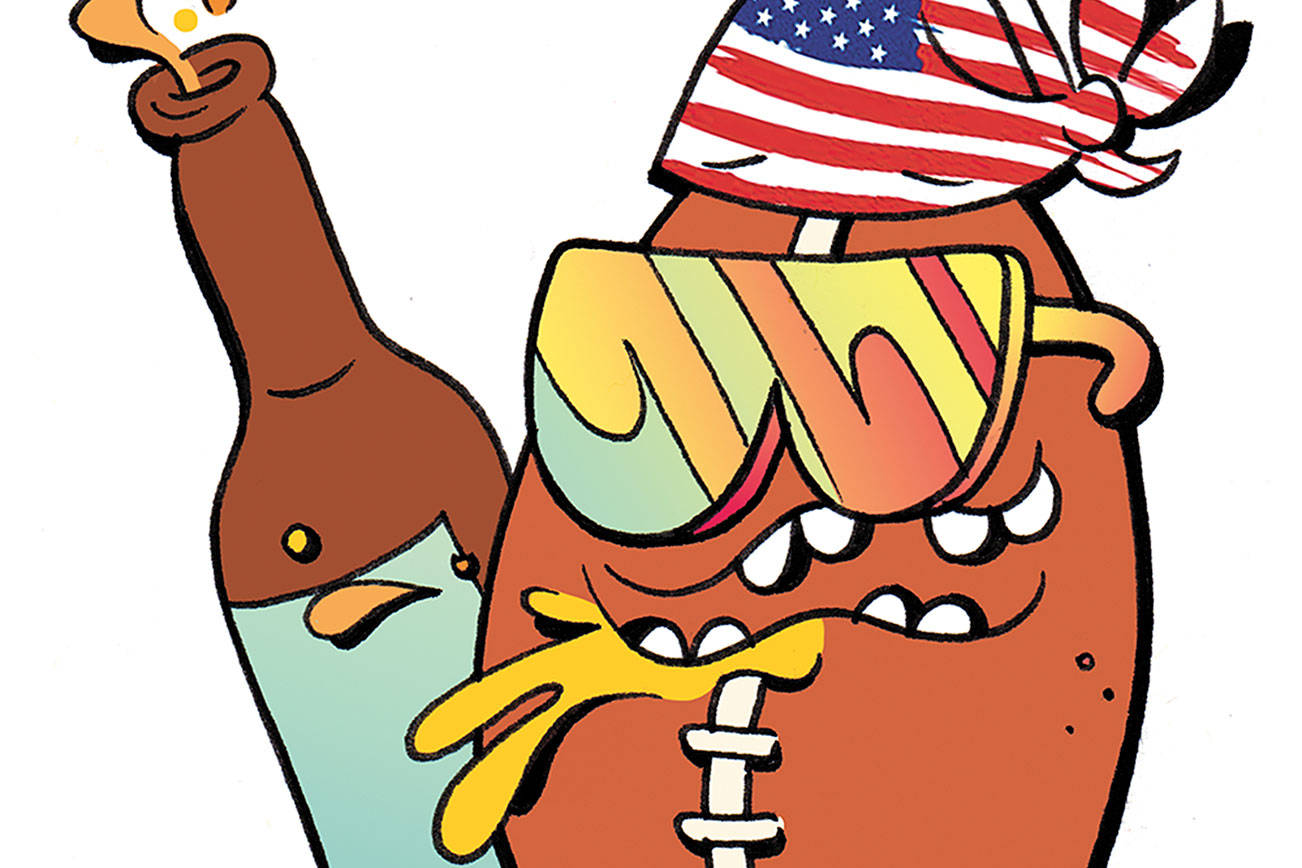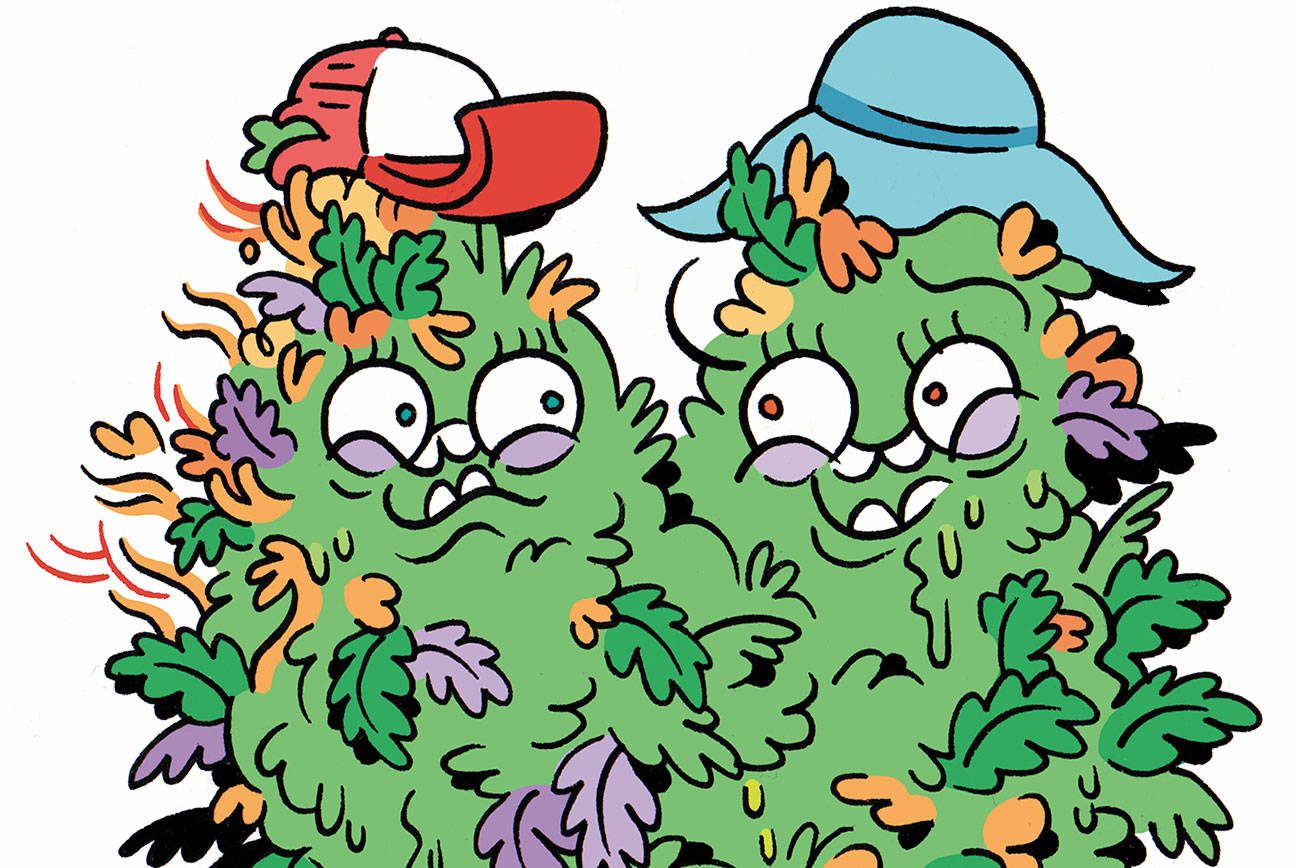Five years ago today on December 6, 2012, I-502 went into effect, legalizing recreational cannabis and forever changing the landscape of cannabis culture in our little corner of the country. It’s gone by in a blur—or a haze, maybe—with so much change that it’s difficult to keep track of it all. I decided to give it a shot.
We probably should start our trip down memory lane a month earlier, on November 6, 2012. Washington and Colorado both legalized recreational cannabis on this date, becoming the first two states to end a prohibition that had been on the books for 75 years. Washington saw an 81 percent voter turnout—the highest in the country—to pass the initiative, along with gay marriage. Perhaps we need to include cannabis and queer issues on the ballot more often. Folks partied all over the city, smoking in the streets, with one gathering getting high at the base of the Space Needle to the sounds of old school reggae tunes.
Even though our state had legalized recreational weed for ourselves, in 2013, we and Colorado were still waiting to see what the feds were going to do about it. In his first interview after I-502 passed, then-President Obama said there were “bigger fish to fry,” and by August of 2013, the U.S. Department of Justice decided not to sue Washington and Colorado. If Seattle recreational stoners needed any further confirmation, the Seattle Police Department passed out 1000 bags of Doritos at HempFest with stickers detailing the basics of I-502. Recreational weed was officially here to stay.
Our second full year of legal recreational weed was pretty mellow. Our first recreational pot shops opened, with lines stretching for blocks. The state started to track sales and reported almost $31 million in business that year. Trying to play catch-up, Oregon legalized recreational weed and shops at the Washington border saw a small decrease in sales. Washington D.C. and Alaska also legalized recreational marijuana, and Nevada and Illinois legalized medicinal use. High Times hosted its annual Cannabis Cup in Everett.
By 2015, Washington was pursuing radically different agendas for the recreational and medical markets, and then-U.S. Attorney (now Seattle Mayor) Jenny Durkan spoke on behalf of the U.S. government. She made it abundantly clear that the feds saw the state’s medical marijuana market as basically “untenable.” MMJ dispensaries had been cruising along, more or less unregulated, since 1998. The state legislature quietly passed the Cannabis Patient Protection Act, which basically squashed the medical market into the recreational one, and the “wild west” era of medical cannabis in Washington state came to an end. Dispensaries and community gardens would have a year to figure it out. State sales hit $323 million.
In 2016, due to CPPA, Washington saw more than 60 medical dispensaries close their doors and patients under 21 were left without safe access. On a positive note, medicinal cannabis research began to gain some traction, both here in Washington and around the country. State sales reached $1.1 billion. Hemp Fest celebrated 25 years of pot and protest. Oh, and Seattle Weekly started to run a little cannabis column called Stash Box. State sales reached $696 million.
And this year? Well, the mood has soured slightly thanks to the grumpy attitude of the new administration in the other Washington, but so far, so good. Two of the big legalization fears—that it would promote teen usage and increase crime in neighborhoods with dispensaries, have both been proven wrong. State legislation made it legal for two adults to share a bowl, but we still can’t grow recreational plants at home. As of November 1st, state sales exceeded $1.1 billion.
stashbox@seattleweekly.com







